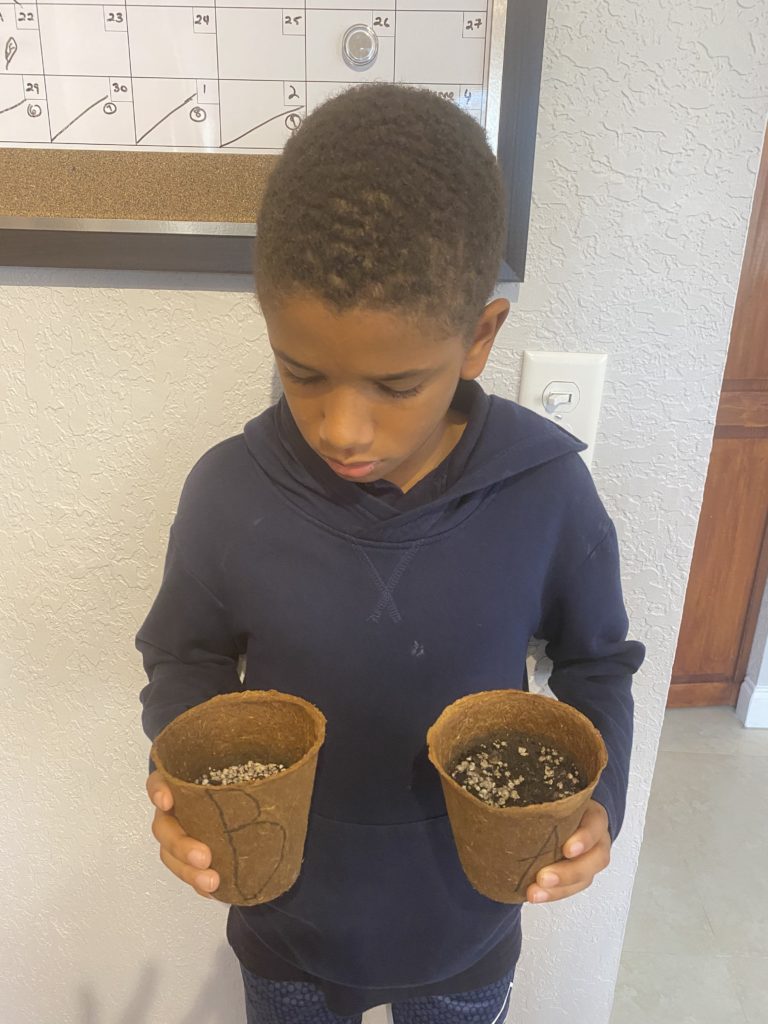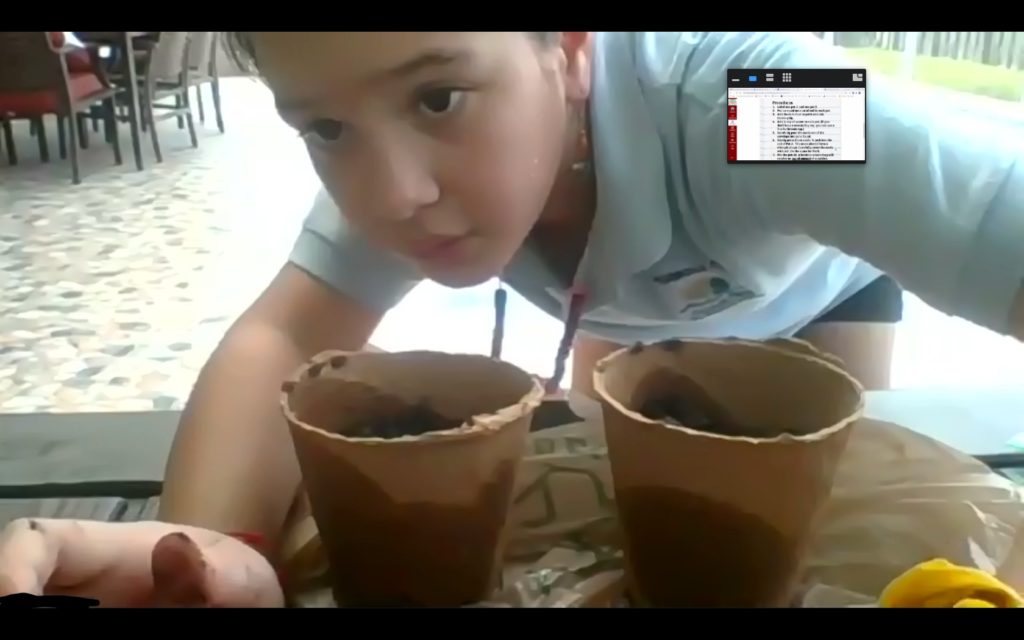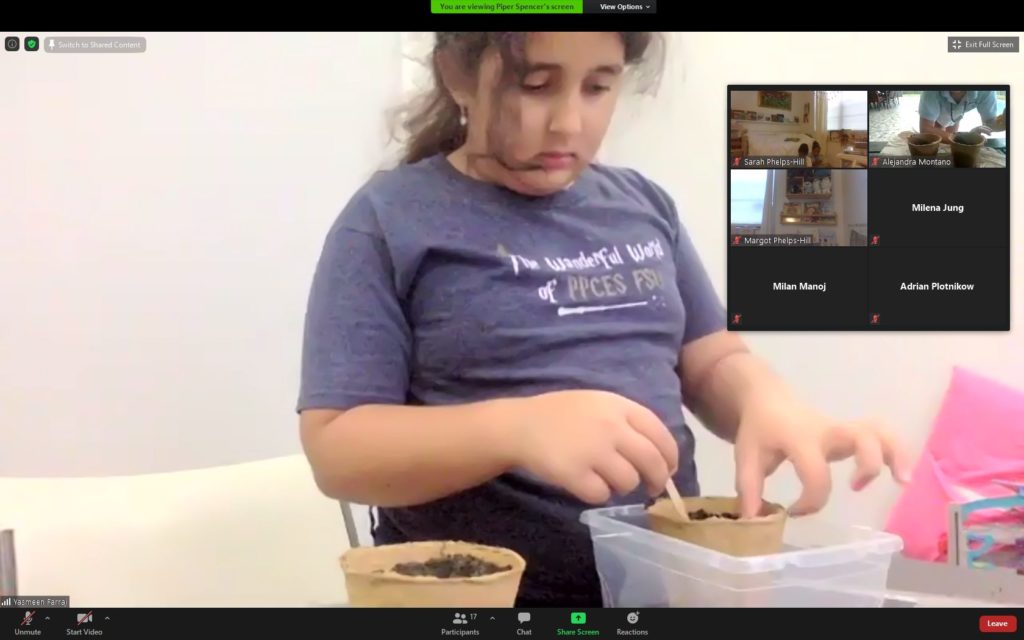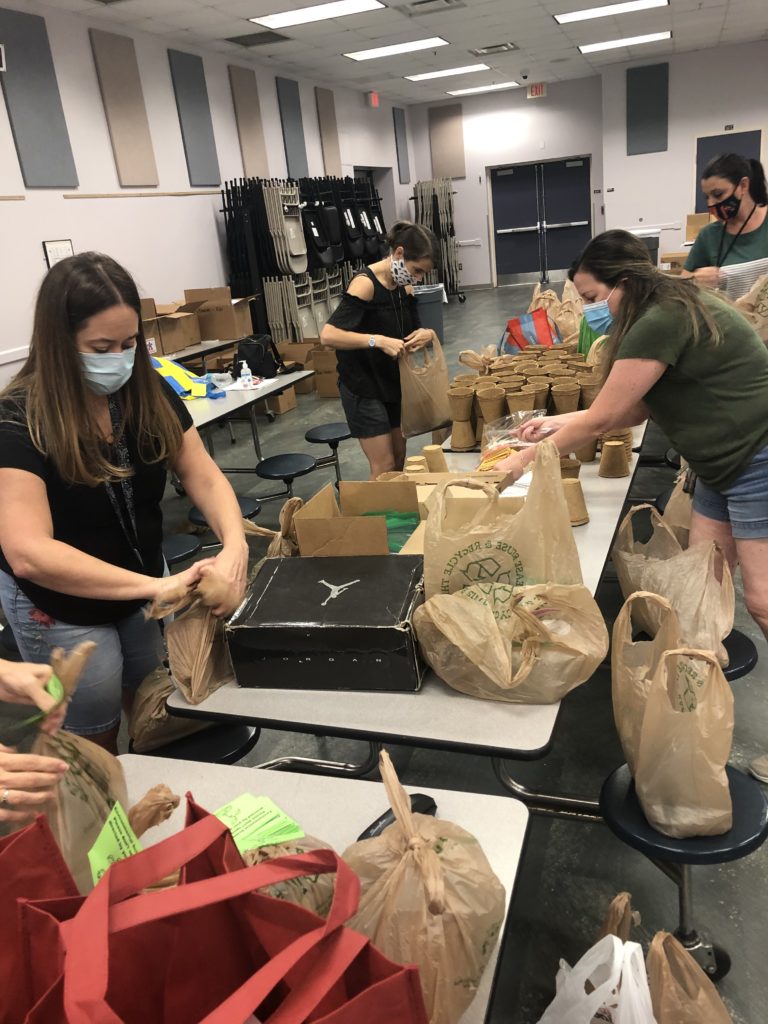Explore Regenerative Agriculture and Pollinators in an Online Learning Format
Mrs. Piper Spencer's 5th grade class
Pembroke Pines Charter School
Hollywood, Florida
Grades 3-5

Aug-Sep

Pot tests
Abstract
This project was initiated and led by Logan Li Saenz, a high school student at City of Pembroke Pines Charter School in Hollywood, Florida. In partnership with Remineralize the Earth, The Broward County Butterfly Chapter of the North American Butterfly Association, and with support of his mentor and fifth grade teacher Mrs. Piper Spencer, Logan designed a project for 132 fifth grade students with the intention of “inspiring and engaging students in the sciences.”
The experiment included observation of the germination of Scarlet Sage with and without the use of rock dust. It also included the observation of native pollinators behavior and interaction with the Scarlet Sage plant. The objective of the experiment was to introduce students to how returning key minerals to the soil benefits the climate and all higher plant life and to explore the role that pollinators play in a plant life cycle. In addition, the experiment introduced students to each phase of scientific research and increased their personal responsibility and connection to the health of our global environment.
Due to challenges related to online learning during the Covid-19 pandemic, results of each student’s individual experiment were not collected in full. However, the experiment fulfilled Logan and Mrs. Spencer’s objective of nurturing a connection to our environment, noting that students felt like scientists when the experiment was completed.
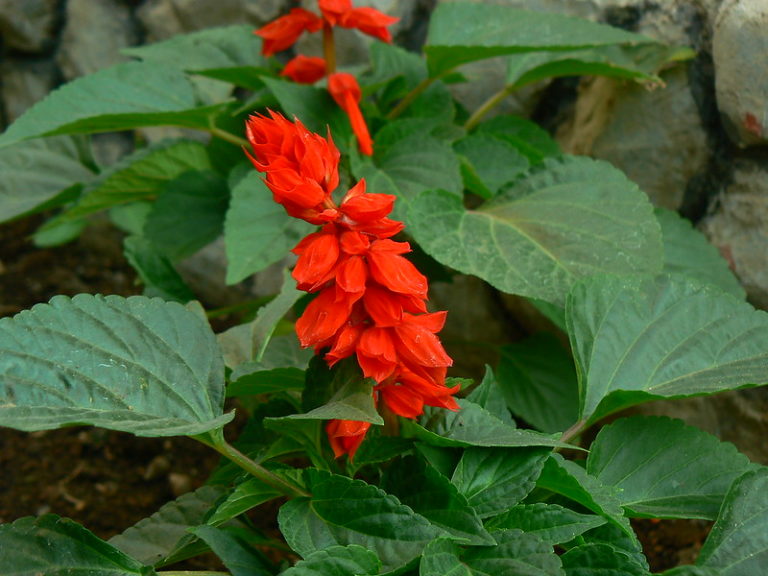
Introduction
The City of Pembroke Pines Charter School is located in Hollywood, Florida focused on “empowering students for the possibilities of tomorrow.”
The school was opened in the 1990s to provide a solution to overcrowded schools in the Pembroke Pines public school system. Students in the fifth grade at Pembroke Pines come from diverse economic and cultural backgrounds. Students bring a diverse set of cultural experiences, many being second-generation immigrants from the Caribbean, South America, and Europe.
When this experiment was delivered, students at City of Pembroke Pines Charter School were taught using an all-remote model due to the COVID-19 pandemic. Discussions and lessons were hosted using Zoom video conferencing.
Research Question
This project explored three key research questions:
- How does the presence of rock dust affect the growth of Scarlet Sage?
- Which local pollinators use Scarlet Sage?
- What role do pollinators play in the plant life cycle?
Remineralize the Earth (RTE) provided the rock dust and professional articles on the effects of rock dust on soil health and increased biomass to Logan and Mrs. Spencer. These articles were used to help shape instruction and discussion delivered to students via Zoom.
The Broward County Butterfly Chapter of the North American Butterfly Association provided education material and guest speakers to teach about butterfly identification and the importance of pollinators during the plant life cycle.
Scarlet Sage seeds and basalt rock dust was donated by Tom Vanacore of Rock Dust Local, and the soil was collected by volunteers from Pembroke Pines Park.
Materials for the experiment were distributed to students from the school for use at home. Each student received a Scarlet Sage planting kit which contained two 4-inch pots, potting soil, 8 Scarlet Sage seeds, a metric ruler, and a small packet of rock dust.
Materials and Methods
Learning remotely during the 2020-2021 school year due to the COVID-19 pandemic, students in Mrs. Piper’s class completed their project remotely. Each student picked up the required project materials at school and brought them home to complete in their own space.
Students were asked to fill two identical pots with organic soil. In each pot, they planted the same number of Scarlet Sage seeds. In one of these pots, students added basalt rock dust and marked the outside of the pot with an indicator of the additional material. The other pot was maintained as the control. Students were careful to keep their two pots in the same location in their home and maintain the same watering schedule for each pot.
During their research, students made visual observations and scientific measurements to record the growth and appearance of their Scarlet Sage plants. They detailed the following characteristics of both their control pot and the pot containing basalt rock dust using the noted methods:
- Height: Measurement with ruler provided in each student’s supply kit.
- Color/Vitality: Visual observation and qualitative description.
- Number and frequency of visits by pollinators: Visual observation and qualitative description.
- Germination: Visual observation and qualitative description.
Independent work preparing their experiment and collecting data was supplemented with live instruction from Mrs. Spencer. Students met on Zoom to discuss and share their observations, display their experiment set up, and learn about native pollinators.
Results
Students used a Google survey to report their findings. However, due to challenges in communication and coordination with an all-remote learning model in the fifth grade, Remineralize the Earth was unable to collect all data points from students' experiments.
Mrs. Spencer’s anecdotal remarks summarize the fantastic learning that happened for their students. Mrs. Spencer shared that “after the investigation, most of the students said they felt like they were scientists.”
One of the fifth grade students commented, “I am a scientist now because I know how to ask questions and perform an experiment. I have also learned that nature is beautiful!”
These remarks from both students and educators clearly indicate that the experiment increased students’ connection with their environment and encouraged their own identification as scientists. Logan saw this project as a huge success and plans to continue his work both in supporting other community projects and embarking on his own higher education journey in the sciences.
Implications and Conclusions
Given the space and materials to explore, test, observe, and report on the growth of Scarlet Sage, giving students in Mrs. Spencer’s fifth grade class a meaningful, hands-on opportunity to connect with their environment. In one of the most trying and challenging times to be both an educator and a student, this experiment gave students space and opportunity to be creative, challenge their thought processes, and explore nature in a way they might have never experienced.
Exposure to inquiry based, science driven projects like this inspire students to consider themselves as scientists. This mindset, when established at a young age, can be a determining factor in what students decide to study, where they want to work, and how they will contribute as they mature.
These experiments are about more than the measured results that students notice when growing plants like Scarlet Sage. Instead, they are a true opportunity for students to come into their strengths and become the vital climate and environmental scientists that our global community needs.
Acknowledgement
This successful delivery of this lesson was made possible by the direct service work of fifth grade teacher Mrs. Piper Spencer and high school student Logan Li Saenz.
The lesson was made possible by support from Remineralize the Earth, it’s partners, The Broward County Butterfly Chapter of the North American Butterfly Association, and direct donations received on Donors Choose.
Thank you to Mrs. Piper Spencer and Logan Li Saenz for delivering this fifth grade lesson.
Finally, thank you to all the scientists in Mrs. Spencer's fifth grade class of 2020!
Photos and Videos
